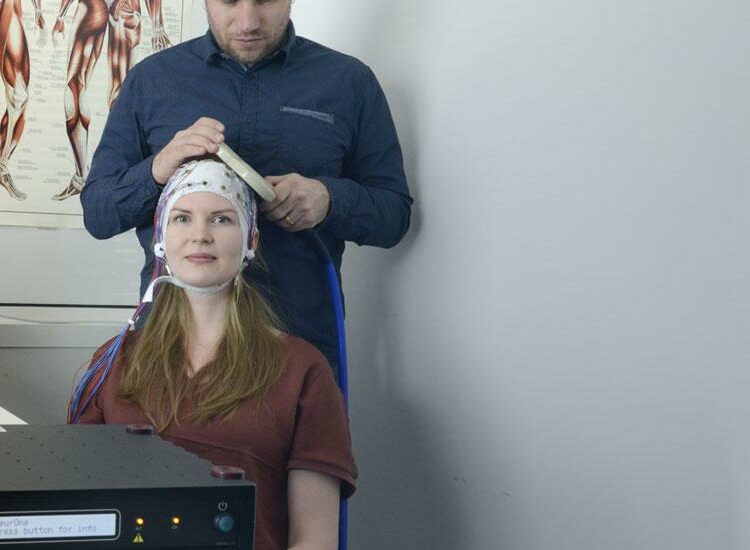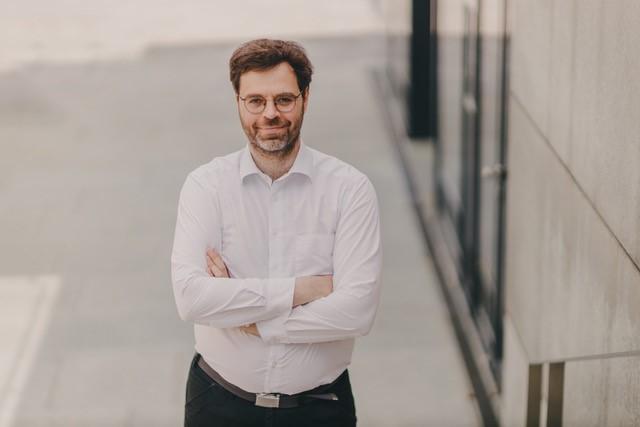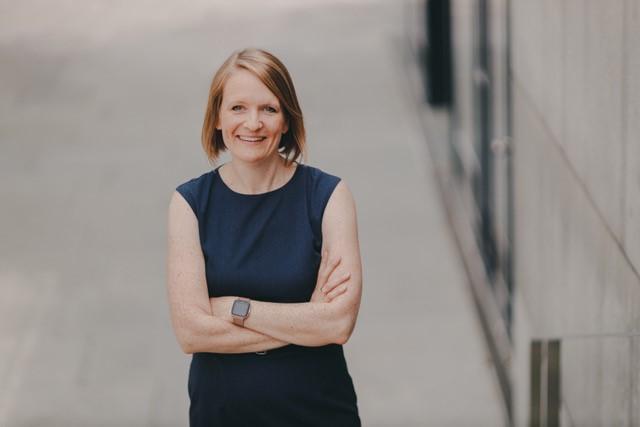Real-time EEG Enables New Applications for Medical Research and Technology

Bittium NeurOne™ and sync2brain – Success Story
Combined solutions by sync2brain and Bittium help researchers and developers to improve therapy methods for neuropsychiatric diseases utilizing real-time EEG analysis.
The number of neuropsychiatric diseases is increasing. These include, for example, depression, chronic pain and symptoms resulting from strokes. A purely pharmaceutical treatment is not effective for every clinical picture. Therefore, there is a growing interest in alternative and complementary treatment methods, such as transcranial magnetic stimulation – known as TMS. In order to make the stimulation of the brain more targeted and individually tailored to the respective patient, sync2brain – originally founded as spin-off from the University of Tübingen – has developed a solution with the help of the Scandinavian medical technology specialist Bittium.
The solution provides researchers and developers with millisecond-precise information about the state of the brain, so that stimulation such as TMS can be used in a more targeted and effective manner.

“A number of technical details have to be considered when implementing a real-time data stream, and even today, very few solutions offer this functionality fully.”
Dr. Christoph Zrenner
CTO and co-founder of sync2brain
“Flying Blind”
TMS is already being used successfully for neuropsychiatric diseases such as depression, chronic pain, tinnitus, obsessive-compulsive disorders (OCD) or mental and motor disorders, as a result of strokes, and is approved as a therapy method.
Although the accuracy of positioning the TMS coils over specific brain regions has generally improved, the use of these precise methods requires an even more precise therapeutic targeting. Until now, the timing of sending out the stimulation impulses has been determined more or less while “flying blind”. For this reason, TMS therapy has so far not been individually tailored to individual patients.
On the one hand, this reduces the effectiveness of the application. Just like drug-assisted treatments, the method does not work equally well for every patient. On the other hand, not all health insurance companies pay for the treatment since the effectiveness cannot yet be consistently proven.
Mission: Effective, Personalized Brain Stimulation Therapies
sync2brain was founded in 2019 from a technology transfer research project at the University of Tübingen and was supported by a grant from the Federal Ministry of Economics as part of the EXIST research transfer program and via the European Social Fund. The mission of the founders, who are active in medical research, is to develop new personalized brain stimulation therapies for patients suffering from neuropsychiatric disease.
To achieve this goal, the sync2brain team first had to capture brain signals as precisely and quickly as possible in order to understand how the brain works and how it can be stimulated in a targeted manner. At first glance, the first step does not sound like too much of a challenge, because there are enough modern EEG solutions available – or not?
“Combining EEG with TMS at all is a major challenge technically that has only been solved in recent years. In addition, it is necessary for real-time measurements that the data stream is available within milliseconds,´ explains Dr. Christoph Zrenner, CTO and co-founder of sync2brain. “A number of technical details have to be considered when implementing a real-time data stream, and even today, very few solutions offer this functionality fully.”
When Every Millisecond Counts
EEG in real-time is currently particularly important in medical research, where the current state of the brain must be detected in real time in order to set an impulse at exactly the right time and thus achieve a therapeutic effect. To do this, a complex signal must be recorded, processed and transmitted by the EEG within milliseconds in order to be able to trigger a TMS impulse, for example.
sync2brain has developed the solution “bossdevice´ for such research applications. The solution is a real-time digital signal processor consisting of hardware and software algorithms. It is designed to read-in a real-time raw data stream from a bio-signal amplifier (electroencephalography, EEG), to continuously analyze this data and to detect patterns based on oscillations in different frequencies. When such a specific bio-signal pattern is detected, the device indicates this through a standard output port. This enables a connected device to know with millisecond accuracy when a specific bio-signal pattern occurs.
The basis for this application is an extremely accurate and fast EEG solution. EEG amplifier systems must digitize and process a signal. In most systems, it is then sent to a PC using large data packets, for example. However, this leads to longer latencies. These are so small that they are not significant for many applications. Even with applications that are currently attracting a great deal of research and media interest, such as brain-computer interfaces, one can afford a few milliseconds of delay. However, there are research and therapy areas where the speed and regularity of the signal is crucial – for example in EEG-synchronized TMS.
To ensure the necessary accuracy and speed, Bittium NeurOne™ is used as compatible EEG. The solution was specifically designed for clinical research purposes and the needs of medical professionals and scientists to simultaneously detect high-precision neurophysiological signals from multiple channels without compromising data integrity. The real-time DigiOut functionality enables TMS stimulation at a specific point in time of the EEG wave, based on the 10 Hz alpha frequency/phase – i.e. the alpha rhythm in the occipital area or mu rhythm in the motor area.
“Bittium started very early to enrich the signal with intelligence so it can be immediately forwarded to the device. Processing takes place within the Bittium NeurOne hardware unit, without detours through a PC or other hardware and software,´ explains Antti Näykki, Senior Vice President, Medical Technologies at Bittium. “In this way, researchers gain insight into brain activity within milliseconds before the next brain wave activity.”
“With the Bittium solution, the signal comes absolutely regularly with a constant delay of 3.5 milliseconds. This reliable timing, also known as low jitter, and the low latency are crucial for this application,´ confirms Dr. Zrenner.
Visibility and Understanding of Brain Functions Improve Therapeutic Approaches
For sync2brain, EEG research is currently the main application for the solution described. However, there are many other areas of application for which the visibility and understanding of brain activity is of interest. This includes sleep research, but also visual or auditory stimulation or even gaming interfaces.
While the already commercialized and widely used solution bossdevice research is geared towards medical research, with bossdevice medical sync2brain has also developed a solution that is currently going through the certification phase for use in medical TMS therapy.
“TMS is attracting more and more interest,´ explains Dr. Ramona Samba, CEO at sync2brain. “Therapies based on the current non-personalized stimulation are already approved, but are not recognized by all insurance companies. With a new generation of TMS, which can be used much more targeted and individually tailored to each patient due to the visibility and understanding of brain activities, the effectiveness will increase enormously. We are therefore very happy to not only have found a solution partner on an equal footing with Bittium, but also a very experienced sales partner.´
“Teamwork is the key to creating better solutions that the world requires and that enable researchers and developers to improve therapy methods utilizing real-time EEG solutions. Bittium´s strong know-how and long experience in building biosignals measurement devices with excellent signal quality have been the essential success factor for many of our customers and EEG researchers worldwide. We´re very excited to collaborate with sync2brain to improve therapy methods for neuropsychiatric diseases,´ concludes Antti Näykki, Senior Vice President, Medical Technologies at Bittium.

“TMS is attracting more and more interest. Therapies based on the current non-personalized stimulation are already approved, but are not recognized by all insurance companies. With a new generation of TMS, which can be used much more targeted and individually tailored to each patient due to the visibility and understanding of brain activities, the effectiveness will increase enormously. We are therefore very happy to not only have found a solution partner on an equal footing with Bittium, but also a very experienced sales partner.”
Dr. Ramona Samba
CEO at sync2brain